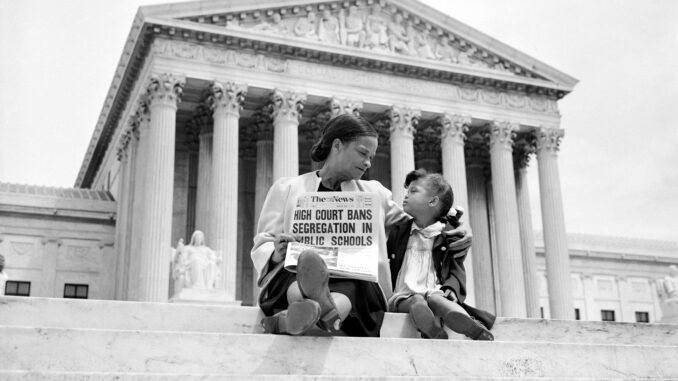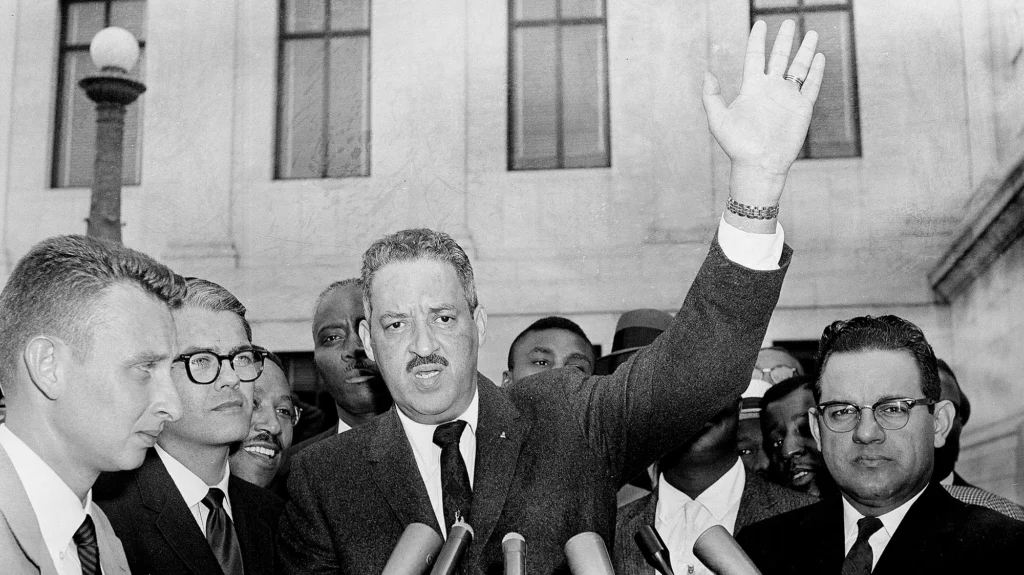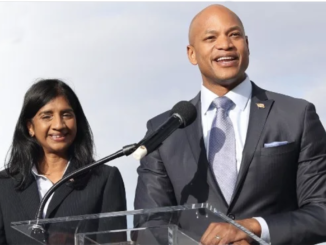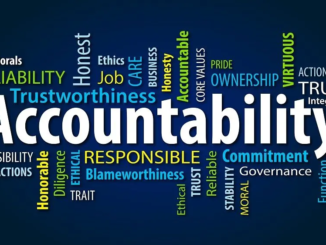
By Ben Jealous
The U.S. Supreme Court wasn’t always a threat to civil rights. Almost 70 years ago this month, the Court issued its ruling in Brown v. Board of Education, one of the most important in our history. It was unanimous. And it was a glorious moment. Our highest court affirmed the constitutional promise
of equality.
In Brown, the court rejected the “separate but equal” doctrine that some states used to justify legally enforced racial segregation in public schools.
But defenders of Jim Crow’s separate schools for Black and White children rallied to defend the racist system. Opposition was particularly strong in Virginia. One of the cases the court combined as it heard Brown v. Board of Education had come out of Virginia. After they lost in court, state officials organized a campaign of “massive resistance” to the ruling.
The state legislature even rejected a local control option that would allow school districts to decide that Black and White students could attend schools together. But under the state’s massive resistance plan, public schools were closed to avoid complying with court orders to desegregate. Some county officials just shut down their public schools completely. The state even funded the establishment of private schools that were only open to White students. It took years, and more Supreme Court rulings in 1964 and 1968, for desegregation to take hold across the state.
But resistance did not end there.
When the federal government moved to deny charitable tax status to private “segregation academies,” many southern White evangelical leaders were outraged and began mobilizing to build political power. And build it they have.
After years of litigation, the U.S. Supreme Court ruled in 1982 that the federal government had the authority to revoke the charitable tax status of fundamentalist Bob Jones University over the school’s racially discriminatory policies. That was an 8-1 ruling.
The one dissenter from the Bob Jones ruling was Justice William Rehnquist. In 1986, President Ronald Reagan nominated him to become Chief Justice. From that position, Rehnquist helped lead the Court in a harmful shift toward the Far Right.
Today, the long-term legal and political movement of the Far Right has delivered us a Supreme Court majority indifferent, if not hostile, to voting rights. We have a Supreme Court majority shaped by a movement that looks longingly back to the days when “states’ rights” to discriminate trumped the federal government’s ability to protect civil rights and address issues like education and poverty. Today’s Supreme Court majority is on the verge of overturning the nearly 50-year-old ruling in Roe v. Wade. That will let states make criminals out of people seeking abortions and the caregivers who serve them. We all know who will suffer the most: vulnerable people of color, LGBTQ people, those without the time and money to find care far from their homes.
Roe is not the only precedent the far right-wing legal movement is planning to reverse. And the Supreme Court is not the only place we are hearing echoes of massive resistance.
Politicians like Glenn Youngkin, Virginia’s new governor, are building power by generating distrust and hostility toward public schools over teaching about racism. On the campaign trail last year, Youngkin embraced a dishonest far-right scare campaign against “critical race theory.” When he took office, his first executive order was to ban “inherently divisive concepts” from public schools – shorthand for truth telling about our history and our present.
Across the country, far right-wing political groups are working overtime to mobilize fear and resentment as political weapons. They are running candidates to take over local school boards. They are passing laws to whitewash our past, restrict teaching, and shut down efforts to make our schools safe and welcoming places for all students. They want to divert public education funds into private religious schools and conservative homeschoolers.
We cannot allow them to win.
Brown v. Board of Education is an important part of our history. So is the shameful campaign of massive resistance to equality. So is the persistence of the brave students, parents, and advocates who kept up the fight for fairness and educational opportunity in the 1950s and 1960s—and are still doing so today. Our students deserve to learn the truth about our history—and our present-day inequities. And all of us deserve political leaders and courts that will uphold our rights. Whether we get them is
up to us.

Ben Jealous serves as president of People For the American Way and Professor of the Practice at the University of Pennsylvania. A New York Times best-selling author, his next book “Never Forget Our People Were Always Free” will be published by Harper Collins in December 2022.






